Rock climbing and bouldering require a powerful combination of strength, technique, and mental focus. At the core of these skills lies one essential element: grip strength. Whether you're tackling your first indoor route or advancing toward more technical outdoor climbs, proper grip training is crucial for progress and injury prevention.
1. Start with Foundational Finger Strengthening Exercises
Finger strength is the building block of climbing performance. Begin with simple, joint-friendly movements:
- Finger curls
- Finger extensions with resistance bands
- Light dumbbell finger rolls
As your strength improves, gradually incorporate hangboard finger hangs to build endurance—only after developing a stable foundation.

2. Use Hangboard Training Safely and Progressively
Hangboards are one of the most effective tools for developing finger strength, but beginners must proceed with caution. Start with:
- 5–10 second dead hangs on large holds
- 3–4 sets with full rest between sets
- Avoiding small edges early on
Progress slowly to prevent pulley strain or tendon injuries.

3. Improve Forearm Endurance for Longer Climbs
Endurance is just as important as strength during longer climbs. Add exercises such as:
- Wrist curls & reverse wrist curls
- Farmer's carries
- Repetitive squeezes using a grip strengthener
These exercises help delay pump and increase your time on the wall.
4. Practice a Strong and Safe Open-Hand Grip
Beginners often rely on crimping, which stresses finger pulleys. Instead, train the open-hand grip to improve hold versatility and reduce injury risk. Focus on using larger holds with a relaxed but secure open-hand position.
5. Train Pinch Grip Strength for Slopers and Wide Holds
Pinch strength is essential for slopers and large feature holds. Useful tools include:
- Pinch blocks
- Grip plates
- Weight plate pinches
Increase weight or hold time as your strength progresses.

6. Train Consistently, Not Excessively
Grip strength improves with consistent training—not overtraining. Aim for 2–3 sessions per week with measured progressions and controlled reps.
7. Prioritize Rest and Recovery
Recovery prevents overuse injuries. Be sure to include:
- Rest days between grip sessions
- Forearm and finger stretching
- Massage or rolling
- Contrast baths
Sharp pain is a warning sign to stop training.
8. Climb Frequently to Build Functional Grip Strength
No exercise replaces real climbing. Regular sessions expose your fingers to:
- Varied hold shapes
- Different grip angles
- Diverse movement patterns
Climb both routes and boulders for more complete grip adaptation.
9. Add Supplemental Upper Body Strength Exercises
Grip strength improves faster when supported by stronger pulling muscles. Consider adding:
- Pull-ups
- Deadlifts
- Rows
- Lat pulldowns
10. Seek Feedback from Coaches or Experienced Climbers
A coach or experienced climber can help you refine hand placement, reduce inefficient grip habits, and create structured training plans tailored to your ability.
Final Thoughts
By following these grip training tips, beginners can build the finger strength, forearm endurance, and grip efficiency needed for steady improvement in rock climbing and bouldering. Progress takes time—train smart, stay consistent, and enjoy the journey.
Track Your Grip Strength Progress with Handexer Dynamometer
To make your grip training more measurable and motivating, consider tracking your progress regularly. After grip workouts or climbing sessions, climbers can use the Handexer Digital Hand Dynamometer to measure and record improvements in grip strength over time. Monitoring your numbers helps you stay consistent, set achievable goals, and clearly see the progress you’re making.
By linking your grip training routine with the Handexer device, you not only improve your strength, but also gain a data-driven way to validate your training effectiveness.

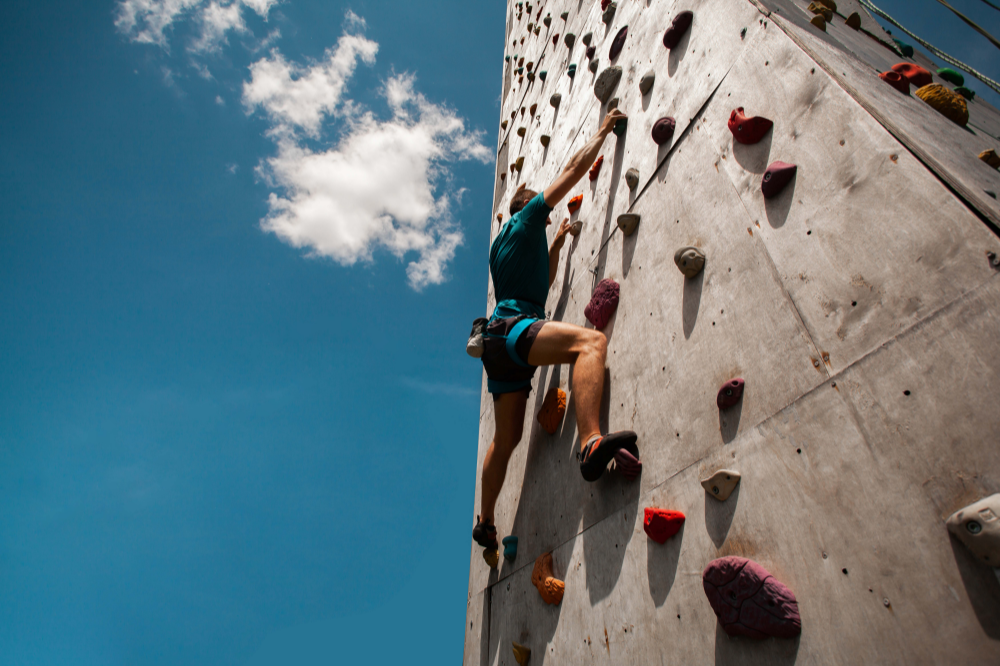
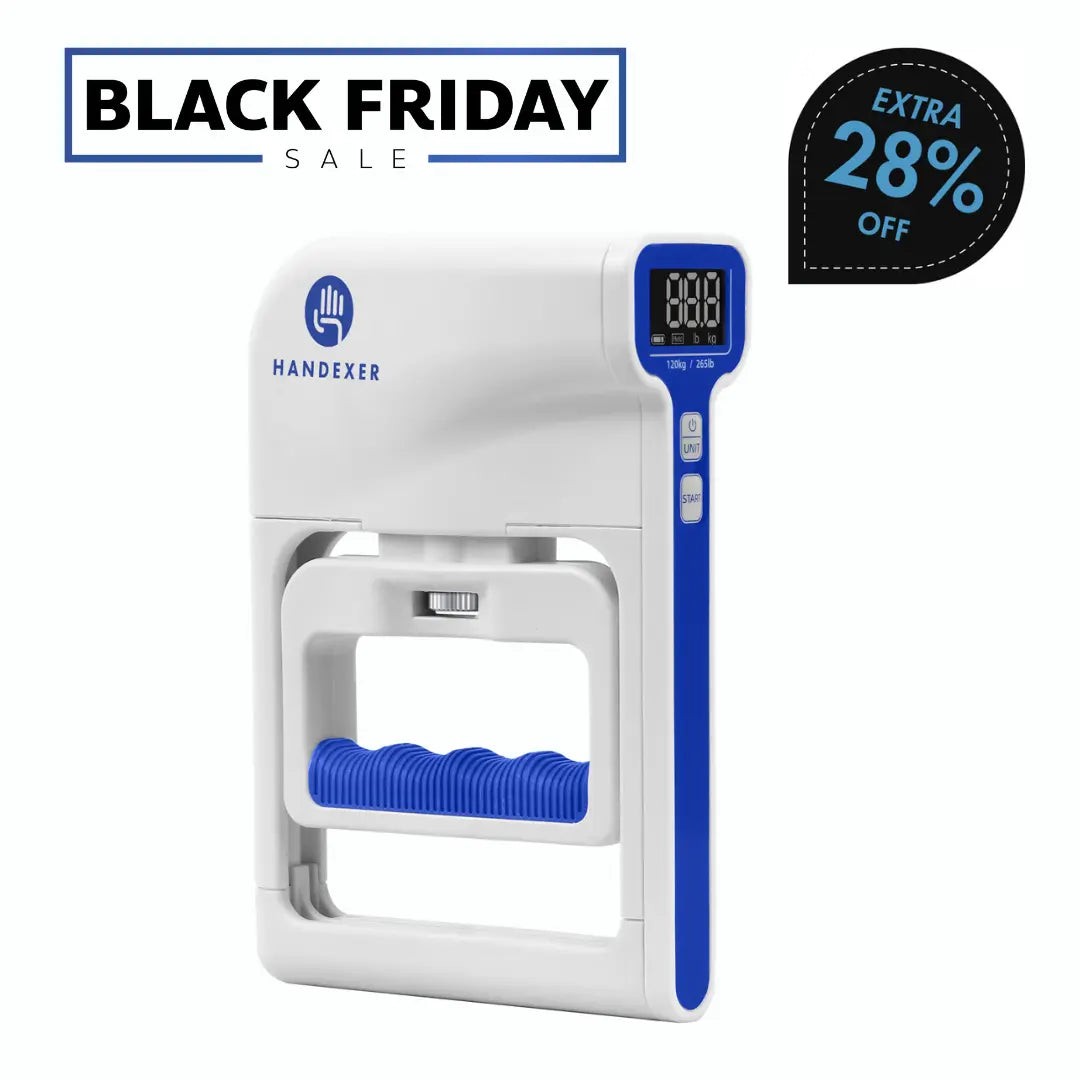

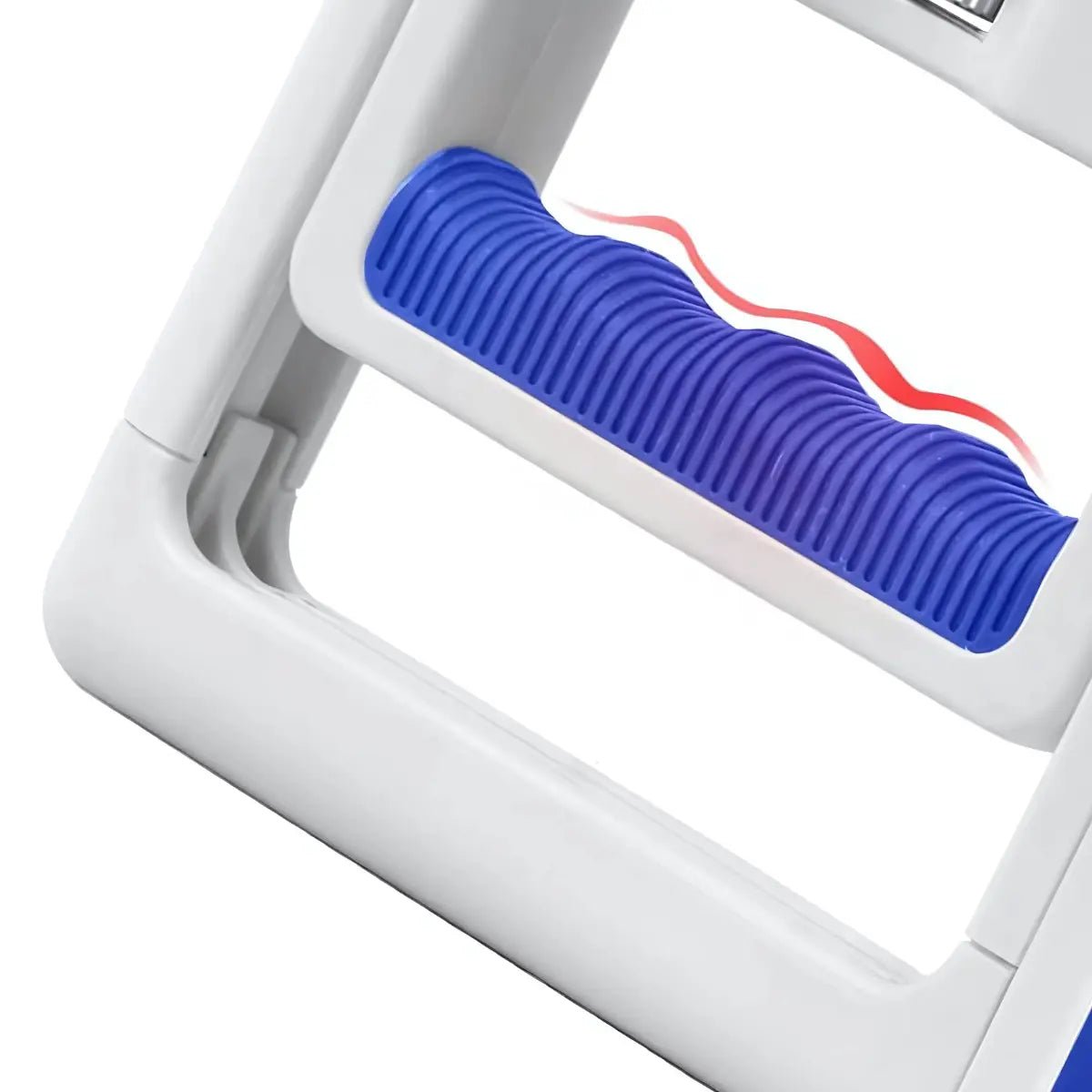






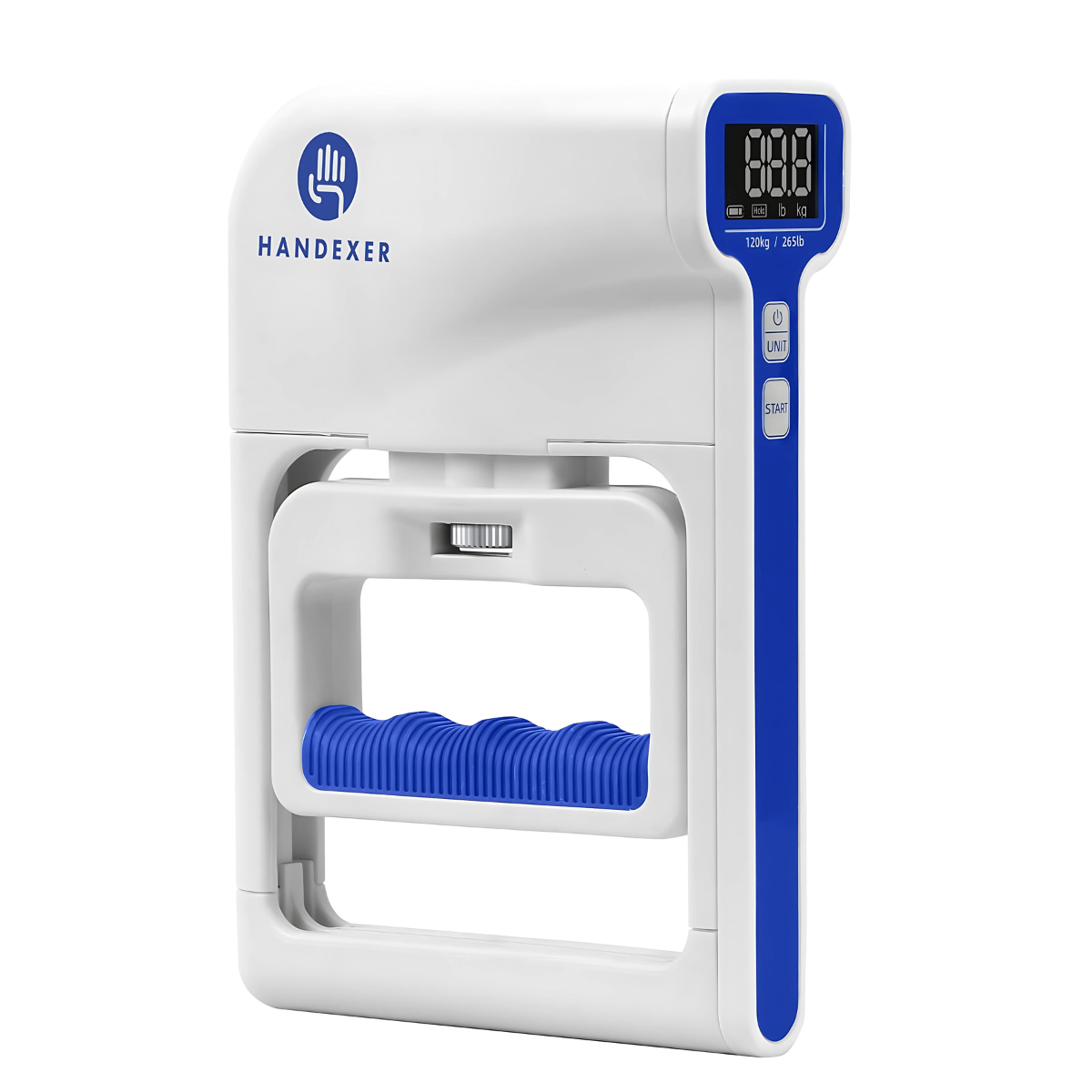

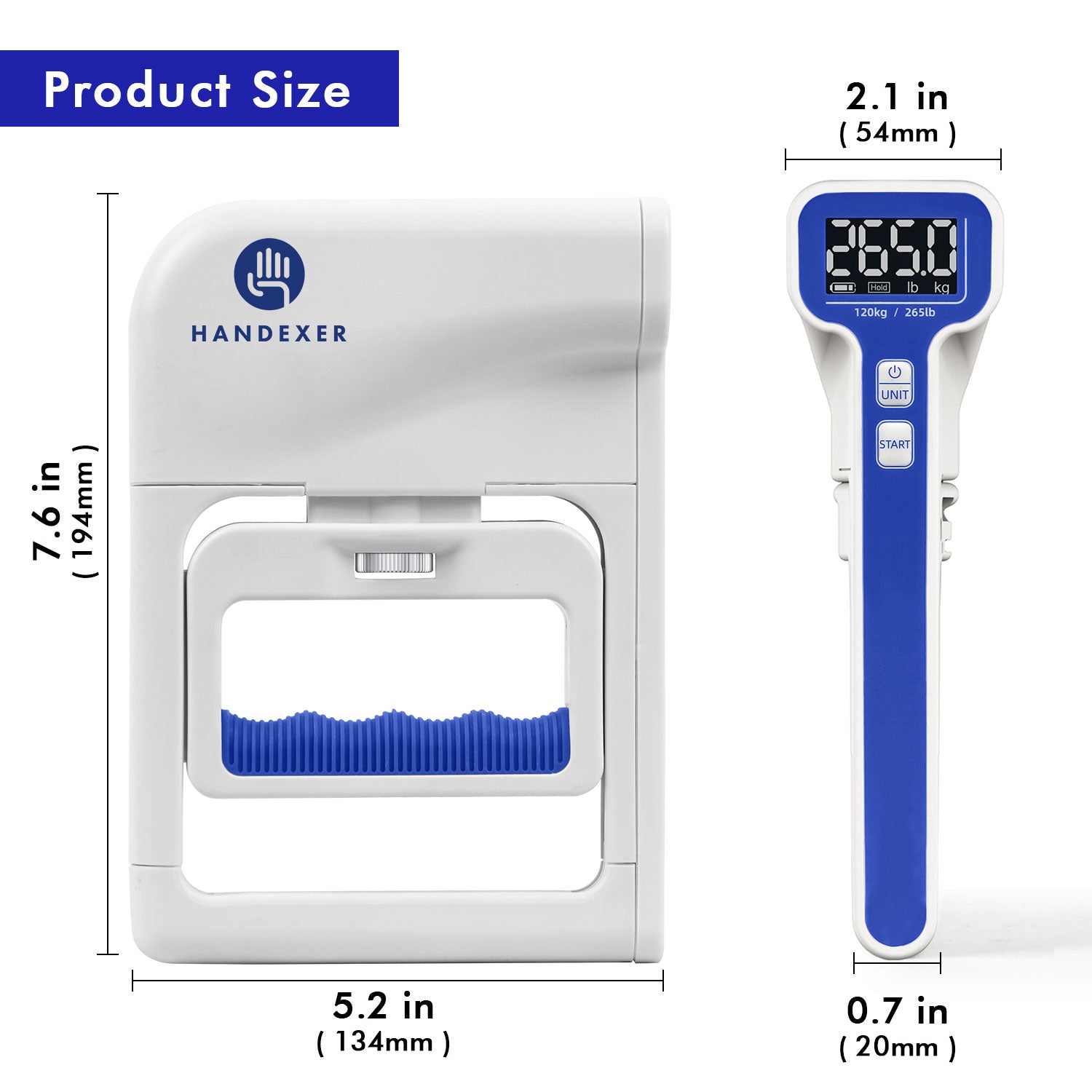
Share:
7 Common Hand Grip Trainer Mistakes and How to Avoid Them